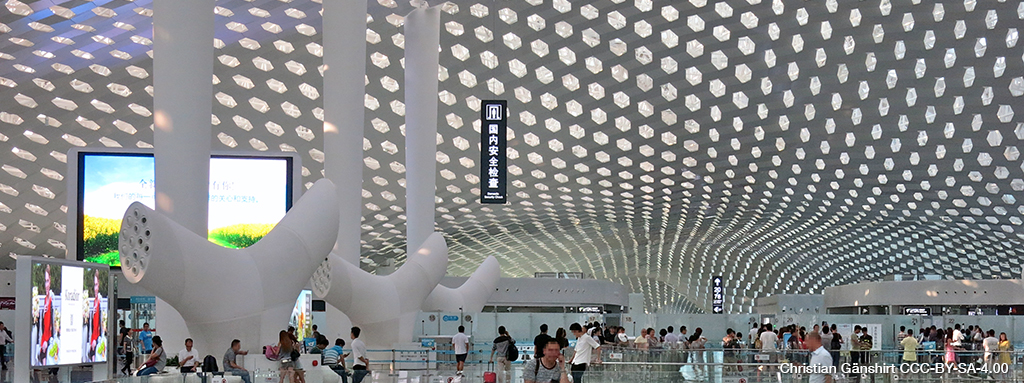Nowadays there is a lot of talk about industry 4.0, but what does this actually mean? And to what extent does this concept impact on aeronautics? Industry 4.0 is about creating what is known as a “Smart Factory”, a new way of organising resources and achieving greater efficiency. This industrial concept can be implemented thanks to cutting-edge technology like IoT (Internet of Things) and AI (Artificial Intelligence)1.
Artificial Intelligence will bring us many exciting developments over the coming years.
In the years to come, AI is sure to improve and transform various aspects of aeronautics, including safety, security and passenger experience, and will result in cost reductions for airlines, airports and associated infrastructure.
But what is artificial intelligence? In layman’s terms, it can be defined as: “a machine that mimics the cognitive functions that humans associate with other human minds.” An example can be found in the robots that know how to play chess, and gradually improve over time. In addition to their initial knowledge, they learn as they play, analysing the results of their actions and their opponent’s reactions, just like a human being would.
When we talk about AI in aeronautics, we are talking about something that already exists and forms a part of our lives – it is already in use, even if we are not aware of it. There are four generations in artificial intelligence:
The first generation involves reasoning driven by rules. This includes, for example, all the information received by a pilot, or the automatic cabin pressurisation system.
In the second generation, Big Data comes into play, where the key aspect is the large amount of data collected for later study. For example, in the context of aviation, this includes all security processes linked to facial recognition.
The third generation is also related to Big Data, but involves more “human” reasoning. Not as much data is required, and it can be said that it is an improved version of previous generations. It is the optimisation of intercommunication between departments, and will shorten “data collection” time.
In the fourth generation – and thinking about a not-too-distant future – the idea is to achieve patterns that change with the data we have already obtained and depending on each situation. It is the closest approximation to the way in which human beings deal with information. For example, we could create autonomous aircraft that take into account all the parameters needed to perform a safe flight, and that know how to act effectively in any unforeseen situation, based on the data available.
Recently, the European TATEM project carried out a line of research that consisted in improving the prediction of brake wear on an aircraft. To achieve this, they used two artificial intelligence techniques: data mining and machine learning. The two main objectives were to minimise aircraft maintenance costs and reduce waiting times between flights, as these are often delayed because some aircraft components are checked between flights. With all the data obtained they determined that flight routes could be optimised so that aircraft maintenance can be carried out in certain countries where it is cheaper to perform the maintenance or where it is more desirable due to availability, expertise or other factors.
A common concern that arises when talking about these types of innovations is how AI will impact on the jobs of people involved in these processes. The answer is simple: AI will not only transform companies, it will also transform people, who will have to adapt to new work systems. For example, jobs that are repetitive in nature (whether they be industrial, or involve collection, projects or analysis) will clearly be able to be replaced.
AI will bring us many exciting developments over the coming years. In the context of airports, for example, there are thousands of development possibilities to meet the demands that come from improving passenger experience. In industry, trends will be oriented towards improving process efficiency, minimising errors and optimising factory management, to give just a few examples. If we consider it from a more general business perspective, AI will also help to reduce costs and improve the service offered, which are objectives that are undoubtedly pursued by any company.

1According to Takeyas (2007), AI is the branch of computer science that is in charge of studying computational models capable of carrying out human activities based on two of their primary characteristics: reasoning and behaviour.


